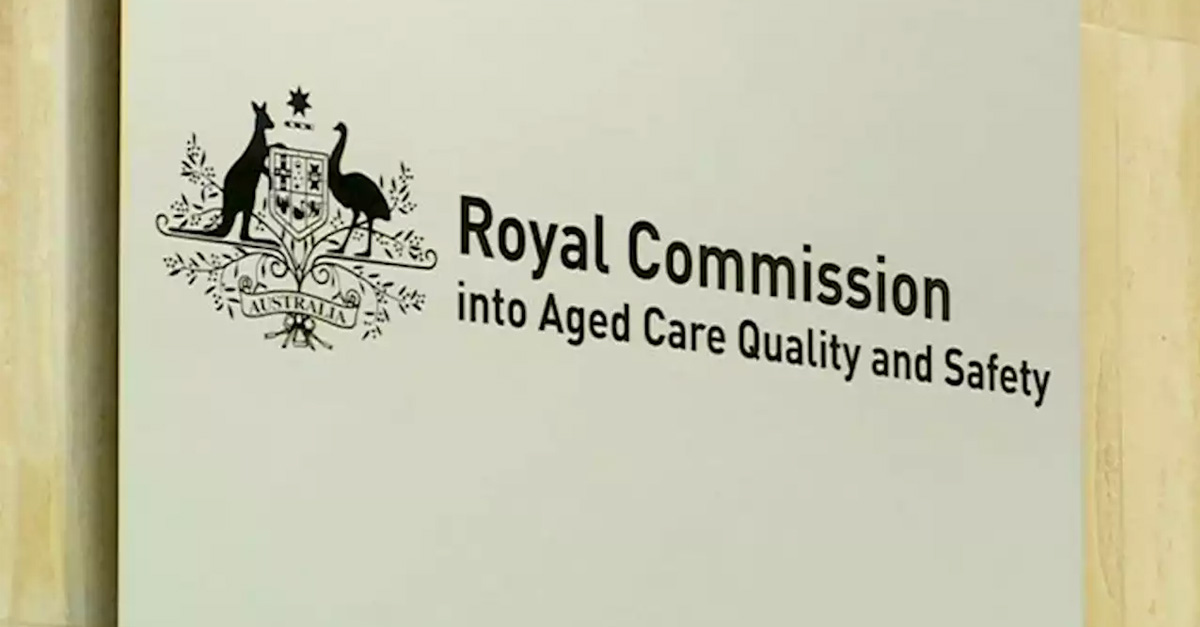We are now firmly in the midst of an aged care crisis. Looking forward beyond the Royal Commission into Aged Care and the COVID-19 pandemic, the sector will have to deal with lack of trust from the general public in the aged care industry across the board.
To rebuild trust in the industry, transparency and clear communication will be key. Transparency within aged care starts with navigating the system and admission process. Every provider presents their information in a different format, making it difficult for client to compare, and every client’s situation and care needs are different. This will never be a simple process, there are just too many variables when it comes to each client. However that does not mean the process can’t be transparent. In this situation transparency means understanding and if clients understand they have choice then they will trust themselves to make good choices and trust providers to deliver what they promise.
The introduction and admission process can often be disorganised, overwhelming and complicated, with bureaucratic paperwork and misinformation. Clients can be lost simply because no one returned their call. Each facility requires different information to be included on their admission paperwork – some expect the client to disclose their full financial position before they will even allow the client to tour the facility, and I know of one facility that will not even disclose if they have a vacancy until after the client has submitted their paperwork. This process is exhausting for individuals trying to navigate aged care options for the first time, and we believe that it needs to be streamlined to be uniform across the board – one basic form for all facilities should be adequate to begin the introductions stage.
Making aged care easier
While providers are mostly willing to give the client a breakdown of their fees prior to admission, the issue arises from the fact that the actual cost of accommodation and care can be confusing when comparing the numbers, including considerations such as Centrelink rules and pension entitlements.
For example, with residential aged care, one facility may have annual fees of $550,000 plus an additional $45 per day fee, while another might have an annual fee of $950,000 with no additional daily fee. Essentially, these options are equivalent when broken down into a daily fee.
There needs to be more transparency around these figures in order for clients to have a proper understanding of the breakdown of costs and the implications it may have on their Centrelink entitlements. We often recommend our clients see an accredited aged care financial planner. This guarantees they have full disclosure regarding fees when they signed a permanent residential aged care contract.
We have been listening to the industry and to the clients, who are becoming more educated and more demanding in what they expect. Organisations need to understand these concerns and allow clients to feel heard, keeping in mind that each situation is different and the same approach may not suit every client.
While simplifying the process is of utmost importance, it’s critical that we don’t stifle providers from offering a variety of options, as everyone’s needs and preferences will differ. The positive of opening the industry to the market is variety and choice; the challenge now is to make sure that clients have genuine choice. As an independent voice, My Care Path is able to clearly explain the differences between the facilities and whether they suit your situation.
Case Study
Mary is 94 and recovering in hospital from a recent fall. She no longer feels safe at home and would like to consider her options. Mary’s daughter lives 50km away and her son lives 5km away but is not home most of the time.
Facility 1 has posted her information to her home, yet she is in hospital.
Facility 2 wants to visit and assess her in hospital before they will offer her a bed.
Facility 3 wants all their admission paperwork completed, including financial disclosure and Centrelink assessment letter, prior to any offer of placement taking place
Facility 4 will accept her from a hospital referral as they have several shared rooms vacant.
Without the help of an independent body like My Care Path, Mary is moved by the hospital to Facility 4 in a shared room as she is unable to assess her options.
With the help of My Care Path, all facilities are reviewed and identified as unsuitable based on price, room size and location. Three alternate options were identified based on Mary’s care needs, location, size and quality of room and vacancy. Based on the information provided by My Care Path, Mary selects a single room with private ensuite and beautiful garden view, knowing that if it does not work out we can reassess her choice. The family is happy that they now have more appropriate facilities to choose from, and the facility is happy that they are not wasting valuable resources trying to support a client who will not fit into or benefit from their community.
Do you or someone you know require an aged care solution? Contact us today and make an inquiry.
Related Posts
March 2, 2021
The Aged Care Royal Commission: Where to from here?
The final report of the Aged Care Royal Commission has shone a light on some clear and critical issues within the industry which we must together…
January 20, 2021
How minimum staffing levels will improve aged care
The Aged Care Royal Commission and COVID-19 have revealed some glaring gaps in the aged care system, a major one of which is the lack of consistency…
January 11, 2021
How My Care Path takes the stress out of aged care
Making decisions around aged care is emotional, stressful and confusing. This is the first time I have had to navigate the aged care system, and I…
December 21, 2020
Respite care: A practical solution over the holiday period?
Over the holiday period, some families may need to go away and leave an elderly person behind, or a carer may need to take a break. The options are…




